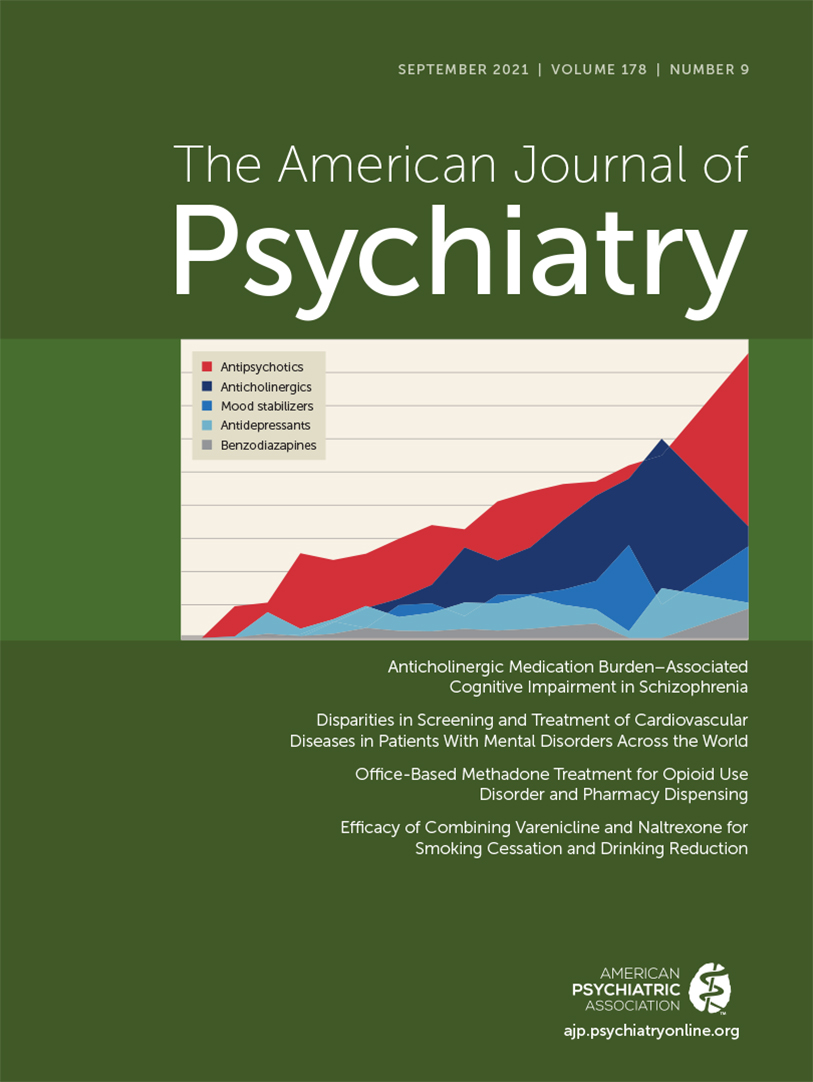Abstract
Objective:
Although gabapentin has demonstrated efficacy in mitigating alcohol withdrawal symptoms and preventing relapse drinking in individuals with alcohol use disorder (AUD), the neurobiological mechanisms of action underlying these therapeutic effects remain unknown. The present study evaluated changes in GABA and glutamate levels in the dorsal anterior cingulate cortex (dACC) as candidate mechanisms of action.
Methods:
In a 16-week randomized clinical trial, 68 adults with AUD, including a history of alcohol withdrawal syndrome, received 1,200 mg/day of gabapentin (N=37) or placebo (N=31) and nine medical management visits after ≥72 hours of abstinence. Proton MR spectroscopy (1H-MRS) estimates of dACC levels of GABA (N=67) and glutamate (N=64) were acquired before start of treatment and again approximately 14 days after randomization. Percent days abstinent was reported via timeline followback interview.
Results:
The effects of gabapentin on GABA and glutamate levels were significantly associated with participants’ percent days abstinent during early treatment. Specifically, gabapentin was associated with greater increases in glutamate and greater decreases in GABA levels in participants who remained mostly or entirely abstinent, and yet the opposite in participants who drank on more than half of the days preceding the second scan. Furthermore, gabapentin-treated participants with greater increases in glutamate levels during early treatment had significantly more percent days abstinent across the remainder of the study, relative to placebo-treated participants.
Conclusions:
In addition to providing insight into the mechanisms through which gabapentin may promote abstinence in individuals with AUD, this study also provides evidence for a biomarker of efficacious treatment that may be used to evaluate other glutamatergic or GABAergic medications for AUD and related conditions.



